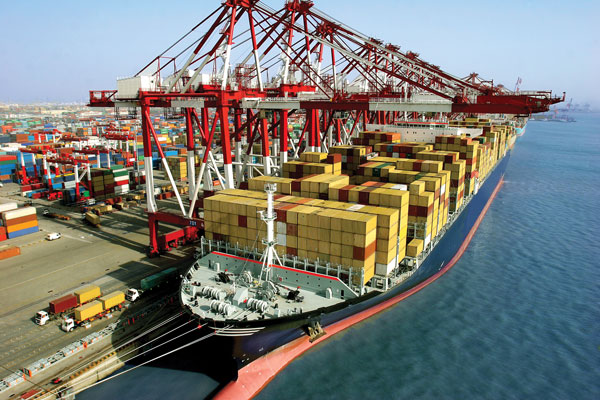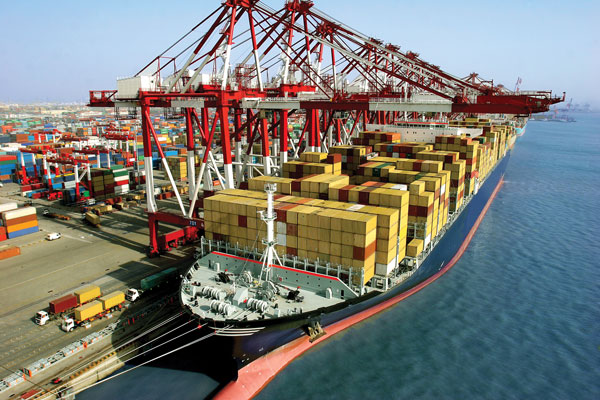When trying to work through the impact of US tariffs on its trade balance, one ought to keep in mind Orson Welles caution that if you want a happy ending, that of course, depends on where you end your story. If one stops with simply the US tax on imports, it should reduce the quantity of imports by raising prices. One might be tempted to conclude that the trade deficit would fall because of lower imports.

However, the story does not naturally end there. The higher priced imports would allow domestic producers of those goods to raise prices as well. Those goods, like steel or aluminum, are often inputs into products that will be exported. The higher priced inputs boost the cost of exports. Higher priced exports may dampen demand. The import intensity of exports may vary from product to product, and from producer to producer, the increase in import duties can raise the prices of exports, producing a fall in both imports and exports. This was the gist of a new report on the NY Fed’s website here.
On top of this, for a fuller picture, we need to incorporate the retaliatory tariffs as well, which also raise the prices of US exports. Some countries, including China, have tried to calibrate the retaliation to minimize boosting input prices needed for their exports. It seems more likely, then that the US import tariffs are going to produce a meaningful improvement in the US trade balance.
There is an additional force that is serving to widen the US trade deficit, and that is the growth differential. The US Congress approved extensive tax cuts and spending increases that will push up US growth, which was already growing above trend. Ironically, the stimulus advocated by the “American First” administration will boost aggregate demand in the US that cannot be fully supplied by domestic producers. Foreign producers will fill the gap and at higher prices.














Leave A Comment